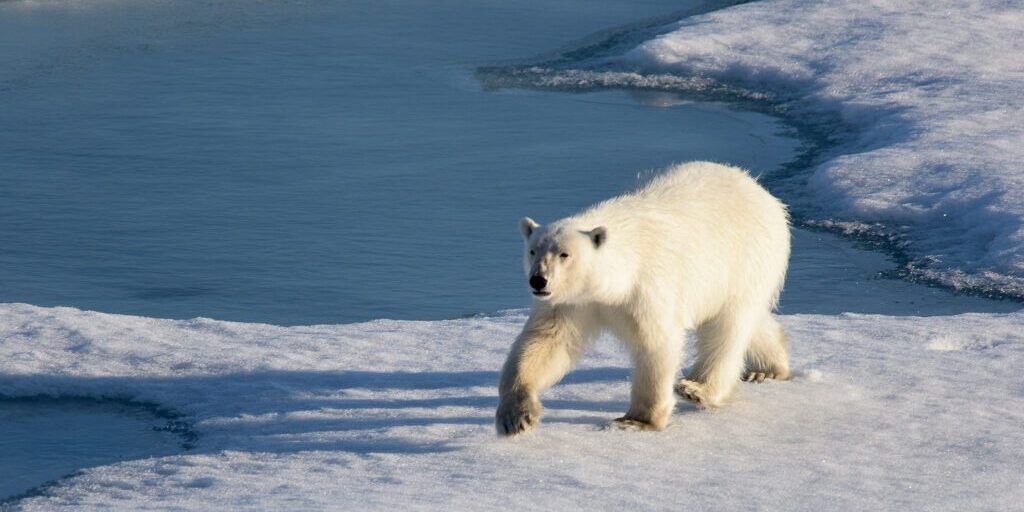Last week, the Alaska Nannut Co-Management Council (ANCC) officially opened its headquarters in Nome. The ANCC, which represents Alaska Native tribes and hunters that rely on polar bears for subsistence, was founded in 2017 by members of the public and supported by regional organizations, such as Kawerak and the North Slope Borough.
The council’s board, comprised of tribal representatives from fifteen different communities, highlighted Nome’s central location in the Bering Straits region when they voted to establish ANCC’s headquarters in 2018.
“And ever since that decision was made back in the fall, it’s been a process of getting the office set up and getting ourselves positioned to be up and running here.”
That’s Katya Wassillie, the executive director of the ANCC. She says the council has a number of exciting agenda items for the upcoming season, such as facilitating international relations.
“We organized very quickly in order to participate in the U.S. Russia Polar Bear Commission Process. One of our biggest goals right now is to make sure our voice in that process is strong… that we have a good representative at the table and that we are representing the interests and needs of our communities there.”
Eskimo Walrus Commission President Vera Metcalfe explains that when it comes to local and regional people managing subsistence resources, there is much to learn from neighboring countries.
“There might be a very good co-management regime in Canada that we could look at as a model to improve our co-management efforts in Alaska. What works in other countries might work eventually for us too.”
However, ANCC’s focus on improved communication and co-management strategy isn’t just limited to Russia or Canada; the council wants to build on existing relationships.
For years, the US Fish and Wildlife Service has employed a grant-based approach to co-management through the use of individual “cooperative agreements.” The ANCC is currently developing a Polar Bear Co-management agreement with USFWS, something Wassillie says has never existed before.
“What we’re trying to do is approach this relationship with the Fish and Wildlife Service from the start from a position of powers and talking about powers and authorities. How are we going to work together? Just so everyone is clear about expectations. Once everything is finalized that will be a very productive way for us to be co-managing.”
ANCC will continue to discuss the co-management agreement—as well as other agenda items—at its upcoming board meeting, scheduled for October 29th and 30th. The meeting will also be an opportunity for ANCC’s fifteen board members to visit and familiarize themselves with the Nome office.
Image at top: Polar Bear moves along the ice. Photo: Via Flickr, Creative Commons, courtesy of Christopher Michel.
Correction: an earlier version of this story confused the timeline of ANNC’s co-management agreement with USFWS. The story has been updated accordingly.




